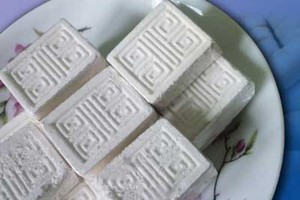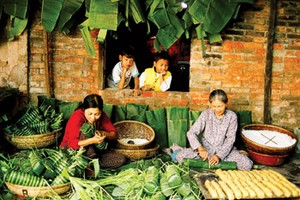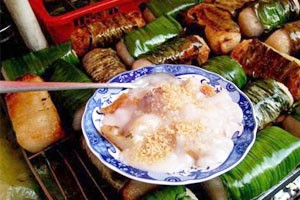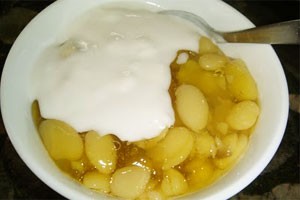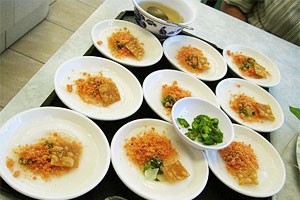Deep in the jungles of Dak Glei and Kon Chro districts in Kon Tum and Giai Lai provinces in the Central Highlands, people of the ethnic minority collect a unique wine extracted from a forest tree.
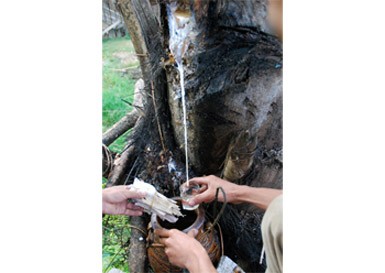
This tree wine is a specialty of the region, though not many people have an opportunity to taste it.
After the harvest, followed by the Ning Nong season, people of ethnic minority groups like the Bahnar, Xe Dang and Jrai bring out their crossbows and make their way into the jungles to hunt and search for the exotic wine trees.
The wine tree is called loa tea vea by the Xe Dang tribe and doak by the Bahnar tribe. It resembles a coconut tree except that its trunk is shorter and its leaves more slender.
Local residents regard the wine tree as god-sent from the jungle and some even possessively mark the tree they find as their own.
Minh, a tree owner said that his tree provides 40 to 50 liters of wine every year for the last five years.
The tree blooms once a year with fragrant flowers that resemble a cluster of areca nuts. Within two weeks, the flowers fall off and the ovules sprout into fruit.
The time is then ripe to collect the wine. The ovary stem is cut and the residue drained into a container. Flavored with forest herbs and then stored in barrels or pots, this liquid serves as a delicious wine for the local residents.
Each tree bears two to three fruit clusters a year between January-July.
The tree wine tastes a bit pungent but has a specific flavor. Local people usually light a fire to bake rabbit or weasel, which they hunt, to have with the tree wine.
This unique wine is only able to stay for one day after it is extracted. That is why people usually enjoy the wine while still in the jungle. As soon as someone extracts the wine from a tree, every body joins in to drink the wine. This exotic tree wine has never been marketed.

